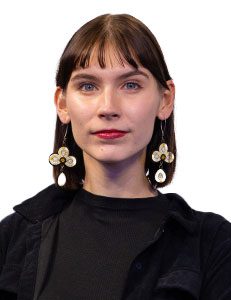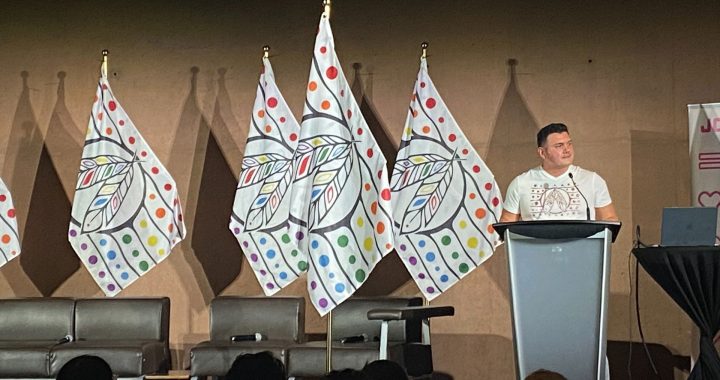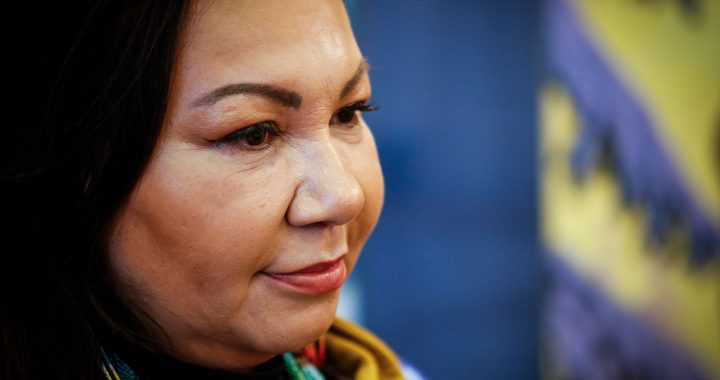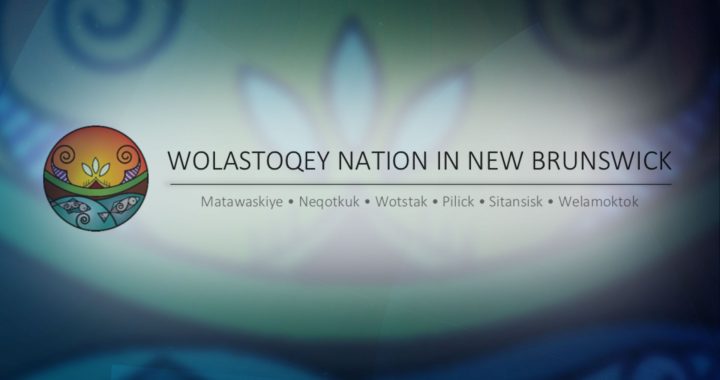Spring has sprung and the raucous Canada Geese have returned to their seasonal home across the country.
But if you listen closely, dozens of varieties can be heard–and the folks who run the University of Manitoba’s Indigenous birding club are helping people tune in.
“It’s simple what we do. It’s just connecting people in nature, for all the benefits that that brings, so the mental benefits, the emotional, physical and the spiritual,” co-founder Justin Rasmussen said.
Last May, Rasmussen and Bailey Hendry, both Métis staff members, founded the UM [University of Manitoba] Indigenous Birding Club.
Every Thursday, the birders meet in front of the Louis Riel Statue at the Migizii Agamik Lounge and for 90 minutes, participants can decompress, connect with nature and glean Indigenous knowledge of birds.
“The pandemic rolled around, we noticed, like, mental health was a really big topic, people were feeling more isolated, and when students started to come back to campus, we noticed those concerns were translating into their time here on campus,” Henry said. “Throughout the pandemic, birding kind of just became a thing for a lot of people. I was talking to Justin and I was like, ‘I feel like it would just be an awesome thing to combine the two and bring them here as an opportunity for students to engage in community, culture and birding together.’”
Rasmussen holds a PhD in biological sciences and a lifelong fascination with birds. During the walks, he logs sightings into a tracking app and helps others tune their eyes and ears to the creatures around them.
Henry, who works at the Indigenous Student Centre, originally picked up birding as a pandemic hobby. She’s now an avid wildlife photographer with a strong penchant for birds.
“It kind of snowballed from there and now it’s lowkey an obsession of mine,” she said.
As one of the first Indigenous birding clubs in Canada, the organizers stress the importance of community, engaging with Elders and promoting Indigenous knowledge of birds.
“We’ve had knowledge about birds for hundreds and hundreds of years, and we also have a lot of Elders in our community who hold that knowledge,” Henry said. “So one of the things that we do and what we’ve done is we’ve brought Elders from the community to do teachings about birds. There was an event that we held for people to come and harvest an eagle together, and we heard about eagle teachings, and so forth. So, there’s lots of opportunities for them to engage.”
During walks, organizers reject having a guide. Instead, they make space for community participation and collaboration.
“We try to change the dynamic of having one expert sharing knowledge, and instead we go out as a group, as equals and everyone has something to share, and we all learn from each other,” Rasmussen said.
As the group rings in their one-year anniversary, Rasmussen said they’re proud to offer a space for people to listen, learn and be.
“When we shed our titles and just become humans out there appreciating nature, we feel that that’s where real relationships can form.”










